I want to talk about Microsoft 365 Copilot. This tool is a significant addition to the Microsoft 365 suite. My purpose here is to explain what this tool does and how it can help with daily work. The tool integrates a large language model with your data. This integration allows it to work within your Microsoft 365 applications, like Word, Excel, and PowerPoint. It works by combining your business data, such as emails and documents, with the Microsoft Graph. This process creates a powerful assistant that understands context. It is not just a simple chatbot. It is a system that works directly with your files to help you be more productive. I will discuss its features and how it functions across different applications. I will also provide real-world examples and talk about its role in the future of work.
What is Microsoft 365 Copilot?
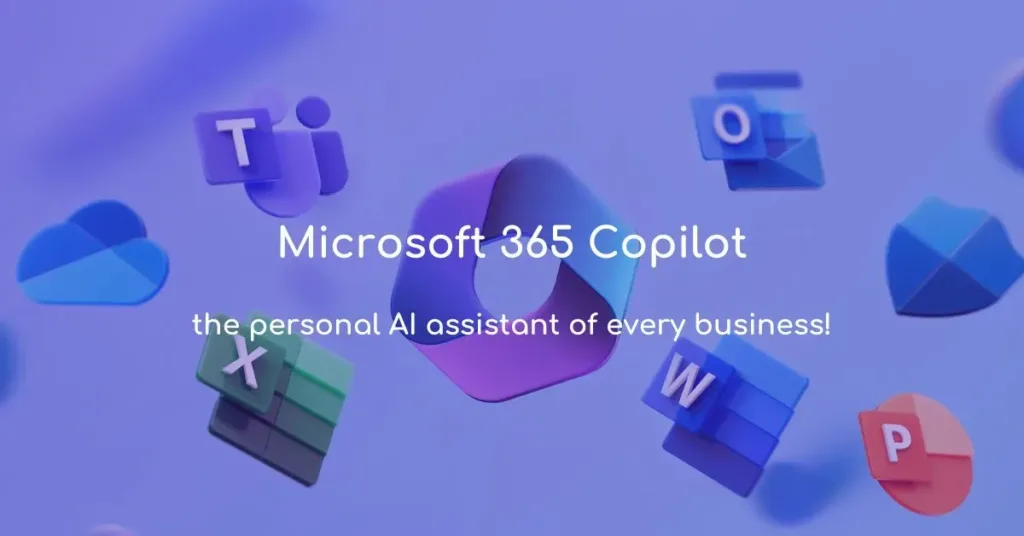
Microsoft 365 Copilot is an AI-powered assistant for the Microsoft 365 suite. It acts as a partner to help you complete tasks. It uses large language models to understand your commands. It then combines this understanding with your data from Microsoft Graph. This data includes your emails, calendar, chats, and documents. The result is a tool that can generate content, analyze data, and summarize information based on your personal context. This assistant works across all your Microsoft 365 apps. This means it can take information from an email and use it to help you write a report in Word or create a presentation in PowerPoint. The tool operates under a strict privacy policy, ensuring your data remains secure. It is designed to help you be more creative and efficient. I have seen it help with tasks that normally take a long time. It can turn a simple idea into a full document.
I will explain how Microsoft 365 Copilot helps with various tasks. I will give specific examples for different applications. This will show you exactly what the tool can do.
Core Features of Microsoft 365 Copilot
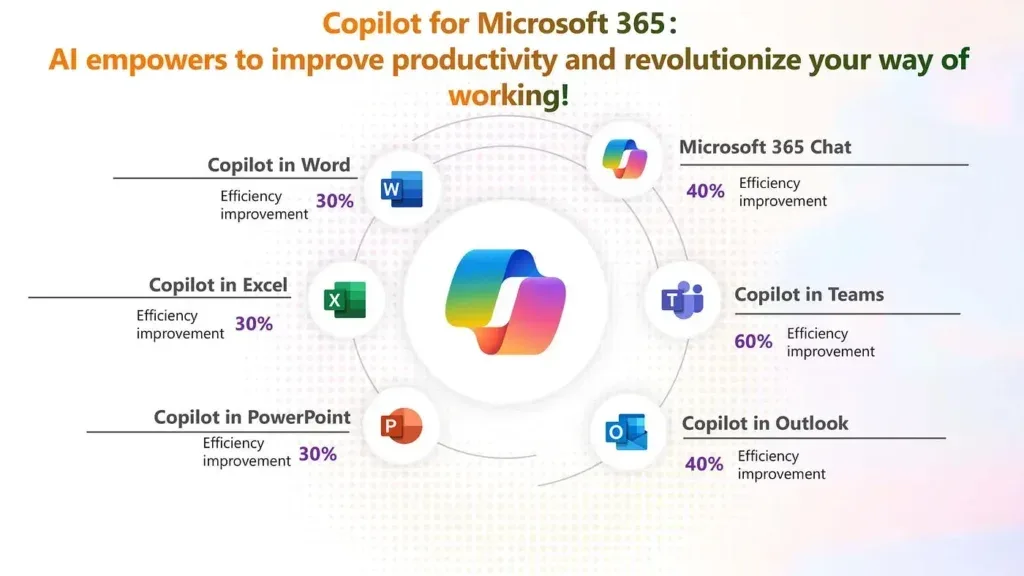
The core functionality of Copilot comes from its deep integration with the Microsoft 365 suite. The tool is available in the applications you use every day. This includes Word, Excel, PowerPoint, Outlook, and Teams. The integration allows the AI to understand the context of your work. It can access information from your files to help you. For example, it can use data from an Excel spreadsheet to help you write a summary in Word. It is an intelligent assistant that makes your work flow easier.
Copilot in Word
The Microsoft Copilot Word integration is a powerful writing tool. I can use it to create drafts from a simple prompt. For instance, I can ask it to draft a project proposal based on a recent email I received. Copilot will look at the email and generate a draft. It can also summarize long documents for me. If I have a 20-page report, I can ask Copilot to give me a short summary. This saves me a lot of time. It can also help me rewrite sentences. I can highlight a paragraph and ask Copilot to make it more concise or change the tone. The tool helps me with my writing process from start to finish. It is not just for creating new content. It also helps me edit and improve existing text.
Excel Copilot
Excel Copilot helps with data analysis. I can use it to ask questions about my data in natural language. For example, instead of writing a complex formula, I can ask, “Show me the top five best-selling products.” The tool understands the request and generates a table or a chart. It can also help me identify trends in my data. I can ask, “Are there any seasonal trends in my sales data?” The tool will analyze the numbers and provide an answer. This functionality is very helpful for people who are not experts in Excel. It makes data analysis more accessible. It helps me find insights from my spreadsheets faster. This leads to better decision-making.
Copilot for PowerPoint
Copilot for PowerPoint helps me create presentations quickly. I can give it a prompt like, “Create a five-slide presentation about the Q3 sales results.” The tool will access my sales data and generate the slides. It can also find relevant images and design the layout. It helps me create a complete presentation in minutes. If I have a long Word document, I can ask Copilot to turn it into a presentation. It will summarize the key points and create the slides for me. This saves me from having to manually copy and paste information. The tool helps me focus on the message, not the design.
Outlook Copilot
Outlook Copilot helps me manage my emails. It can summarize long email threads for me. If I am late to a conversation, I can ask Copilot to give me the main points. It also helps me draft emails. I can give it a prompt like, “Draft an email to the team about the upcoming project deadline.” The tool will write the email for me. I can then edit it as needed. It can also help me manage my calendar. I can ask it to find a time for a meeting with a colleague. The tool will check our calendars and suggest a time. It makes email management much easier. This helps with overall Copilot productivity tools use in my daily tasks.
Real-World Applications
I see Copilot AI assistant applications in many different fields. In business, it helps with document creation and data analysis. A marketing team can use it to draft campaign briefs and social media posts. A sales team can use it to summarize customer conversations and draft follow-up emails. It can help an HR manager draft job descriptions or summarize employee feedback. In education, a teacher can use it to create lesson plans or generate quizzes. A student can use it to summarize a long research paper or outline an essay. The tool is versatile and helps people in various roles. I have seen it help with tasks like generating code snippets for developers or creating project plans for project managers. It helps people automate routine tasks. This lets them focus on more important work. The tool changes the way we think about office tasks. It makes us more efficient.
Current Trends and the Future of Microsoft AI
The development of Microsoft AI future is a major trend. The company is investing heavily in AI integration across its products. Copilot is a key part of this strategy. The goal is to make AI a seamless part of our daily work. I believe this trend will continue. We will see more AI-powered features in software. This is not just about Microsoft. Many companies are doing this. The difference with Copilot is its deep integration with the Microsoft 365 ecosystem. This gives it a unique advantage. Other tools, like Suna AI, a strong Manus AI alternative and Manus AI agents are also popular, but they work differently. Microsoft is focusing on a single, integrated platform. This approach makes the AI more useful because it understands the full context of your work. The future of AI in the workplace looks very promising.
I believe Microsoft AI tools 2025 will continue to expand. We will see more advanced versions of Copilot. The tool will get smarter and more integrated. It will be able to handle more complex tasks. We might see Copilot helping with tasks that require more creativity and strategic thinking. For example, it could help with market analysis or business strategy planning. This is the next step in AI for office productivity. The goal is to have an AI partner that helps with all aspects of work. This will change how we work. It will make us more efficient and creative. The Microsoft 365 Copilot review will likely continue to evolve as the tool gains new features.
Microsoft 365 Copilot vs. Other AI Assistants
When people talk about AI, they often compare different tools. Two common ones are ChatGPT and Gemini. I get a lot of questions about how Copilot vs ChatGPT and Copilot vs Gemini work. The main difference is the integration. ChatGPT and Gemini are general-purpose AI models. I can use them to answer questions, write stories, or generate code. They are very good at these tasks. However, they do not have direct access to my personal work data. They do not know about my emails, meetings, or documents. This is where Copilot is different.
Copilot is an Office AI integration tool. It is built to work with my Microsoft 365 data. It understands my context. This means it can do things that a general-purpose AI cannot. For example, I can ask Copilot to “summarize my emails about the Q4 report,” and it will do it. ChatGPT cannot do this because it does not have access to my Outlook. Similarly, I can ask Copilot to “create a presentation based on this document,” and it will. ChatGPT and Gemini cannot. They would need me to manually provide all the text. So, while all three are powerful AI models, their purpose is different. Copilot is a specialized tool for work. It is an assistant for your personal and professional data.
Copilot for Business and Collaboration
Copilot for business is a major focus for Microsoft. The tool is designed to improve team collaboration. For example, a team can use Copilot in Teams to summarize a long meeting. If a team member misses a meeting, they can get a summary and an action item list. This helps them stay up to date. The tool also helps with document collaboration. Multiple people can work on a document, and Copilot can help everyone stay on the same page. It can summarize changes or suggest edits. This improves the flow of work.
The tool is especially useful for Copilot for enterprises. Large companies have a lot of data. They have many documents, emails, and meetings. Copilot can help them make sense of this information. It can help employees find the information they need quickly. It can help them write reports, create presentations, and analyze data. This increases the productivity of the entire company. The tool also helps with security. Microsoft has strict security protocols. The data is kept secure. This is important for businesses.
I have seen companies use Copilot to improve their internal processes. It helps with project management, internal communication, and knowledge sharing. For a company, a tool like this is a strategic advantage. It helps them work more efficiently and make better decisions.
Copilot Free vs. Paid
Many people ask about the cost of Copilot. Copilot free vs paid is a common question. There are different versions of Copilot. Some features are available for free to some users. For example, some AI features in Microsoft Edge are free. However, the full Microsoft 365 Copilot experience is a paid service. It is an add-on to a Microsoft 365 subscription. The cost is a factor for many businesses. They need to decide if the productivity gains are worth the price. I believe for businesses that rely on Microsoft 365, the tool is a valuable investment.
The free versions of Copilot are useful but they are not the same as the full tool. The full version has access to all your data. This is what makes it so powerful. The free versions are more like a general chatbot. They do not have the same level of integration. This is an important distinction to make. Before deciding, I recommend people consider what they need. If they need a tool that works with their office data, the paid version is the right choice. If they just need a general AI assistant, there are many free options.
Security and Privacy Considerations
The use of AI with personal data raises questions about security and privacy. I want to address this. Microsoft has a strong commitment to data security. Microsoft Copilot is built on Microsoft’s security protocols. Your data is not used to train the public model. It is kept separate and secure. The tool respects the security and privacy policies you already have in place for your company. This is a crucial point for Copilot updates and future rollouts.
For example, if a user does not have permission to access a document, Copilot also will not be able to access it. The tool follows all the permissions set by your organization. This means it will not share data with people who are not supposed to see it. This gives me confidence in the tool. It is designed to be a secure assistant for work.
I recommend that businesses review their data policies and security settings before deploying Copilot. This ensures the tool works as intended and respects all privacy rules. The U.S. government provides guidance on data security and privacy. You can find more information on the National Institute of Standards and Technology (NIST) website.
The Role of AI in Our Daily Lives
The rise of tools like Microsoft 365 Copilot shows how AI is becoming a part of our daily lives. We see AI in many places. It is in our phones, cars, and homes. For instance, you can see how AI helps students with their schoolwork in this article about the 5 best AI homework helper tools for students. We also see how AI can help with video creation, like with the Vidnoz AI tool. You can read a Vidnoz AI review here. These tools help us with different tasks. They make things more efficient.
Copilot is different because it is focused on a specific task: office productivity. It is a specialized tool that helps us with the work we do every day. The development of AI is rapid. We will continue to see new tools and applications. My hope is that these tools will continue to help us be more productive. They can automate the routine tasks and let us focus on creativity and strategy. This is the ultimate goal of AI. It is to help us be better at our jobs.
Conclusion
I have explained what Microsoft 365 Copilot is and how it works. It is a powerful AI assistant that integrates with the Microsoft 365 suite. It helps with a wide range of tasks. It helps with writing, data analysis, and creating presentations. It also helps with email management and team collaboration. The tool is a major step in the AI for office productivity space. It is different from other AI tools because of its deep integration with your work data. While there are free options, the paid version offers the full experience. It is a secure tool that follows all privacy policies. I believe Copilot is a valuable tool for individuals and businesses. It can help us work smarter and more efficiently.


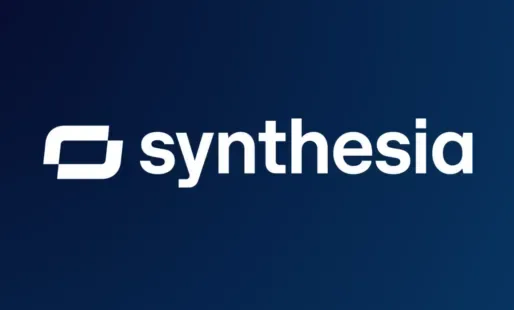
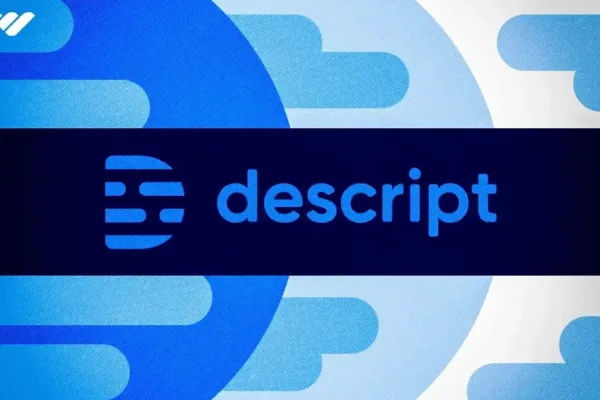
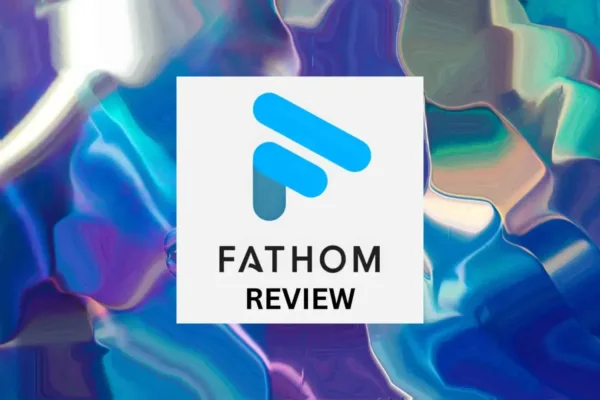
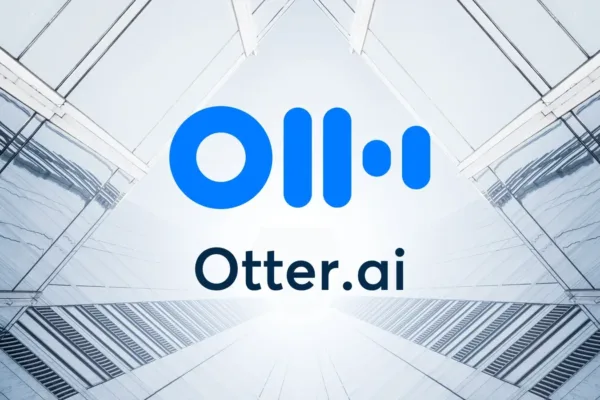
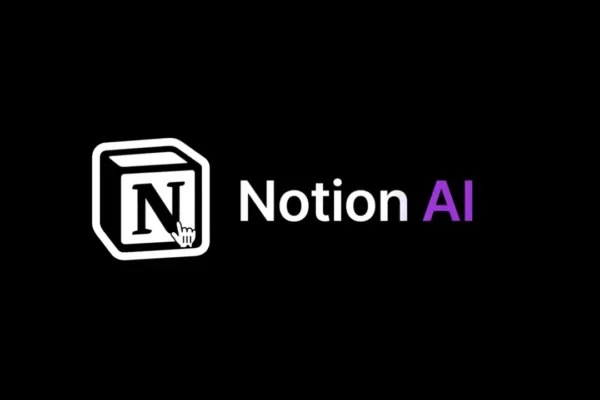


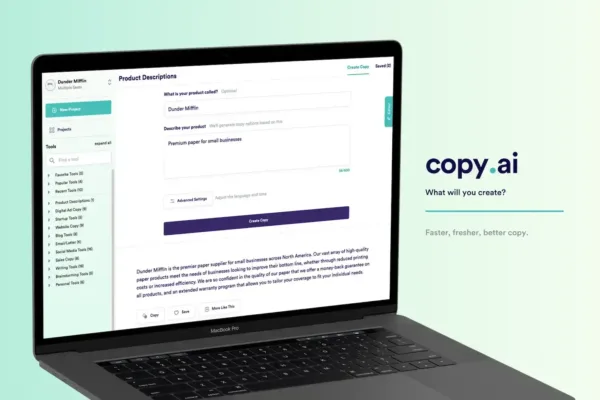
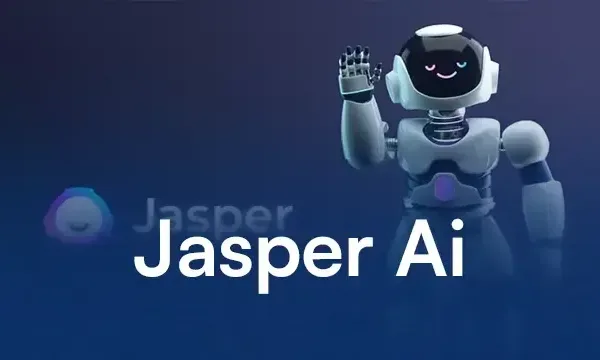

One thought on “AI and Augmented Reality: Merging AI with VR for Smarter, Immersive Experiences”